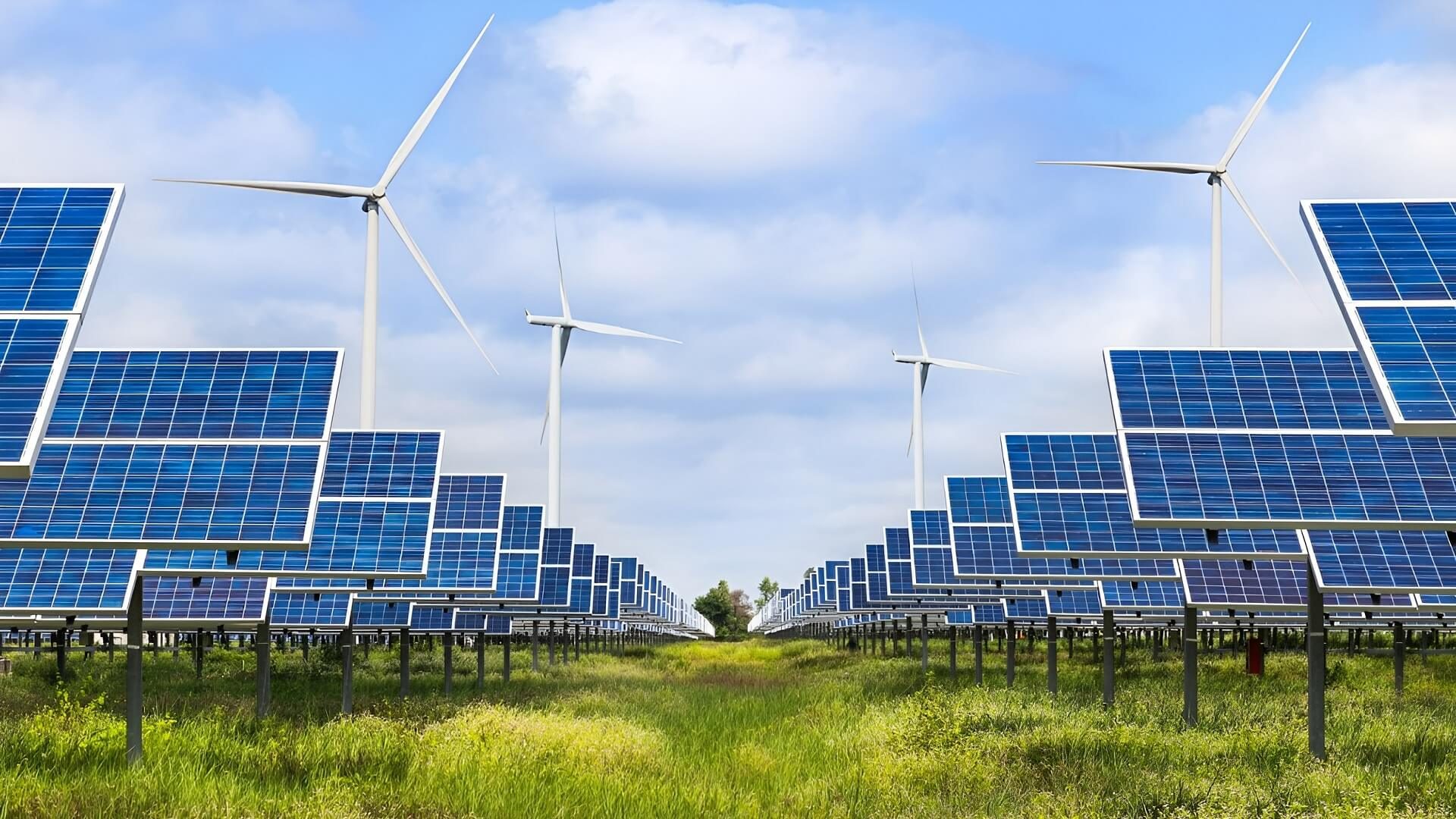The Future of America’s Energy Supply Chain

Regulatory change, a growing need for energy solutions, and disruptive geopolitical events have thrown the energy supply chain for a loop. With so much change, optimization strategies that once worked are no longer sufficient.
What will this future look like, and how will it impact the current energy supply chain moving forward?
Though no one knows for certain, there are a few things organizations can do to keep their supply chain resilient in the face of so much uncertainty.
Changes we can anticipate
Buy American initiatives
The US renewable sector is heavily dependent on foreign suppliers, particularly Chinese vendors, who remain the largest exporter of solar panels. The United States has long struggled to compete, especially in domestically supplying the materials needed to make the transition to renewable energy. This, however, may change soon.
According to President Biden’s supply chain plan, the administration has set a target of attaining 80% clean power by 2030 and a carbon-zero electricity grid by 2035. The biggest takeaway from the plan is that the administration aims to domesticate the supply chain for renewable energy and bring production onshore whilst increasing tariffs on international imports.
Increasing the domestic capacity of rare earth minerals, such as copper, nickel, lithium, and cobalt and finished goods such as semiconductors would bring invaluable benefits to both the economy and the environment. This strategy can help America tread faster on the road to a decarbonized future all the while cutting down on fossil fuels used to transport goods.
Procurement teams and materials management directors can expect to see such policy initiatives restructure their processes to adapt to new strategies and operational methodologies.
Climate regulations
In response to the adverse effects of climate change, the Biden-Harris Administration has proposed the Federal Supplier Climate Risks and Resilience Rule which required major Federal contractors to:
- Publicly disclose their greenhouse gas emissions and climate-related financial risks.
- Set science-based emission reduction targets.
These benchmarks and procedures are set in motion with guidelines from the CDP environmental reporting system, the Task Force on Climate-Related Financial Disclosures (TCFD) Recommendations, and the Science Based Targets Initiative (SBTi) criteria.
Although more than half of contractors are already disclosing this information publicly and more than 4,000 global companies have voluntarily set their science-based reduction targets, there’s still a long way to go. Many companies, especially small businesses, may find it difficult to transition into this new system and remain compliant in the long run, especially if their data collection system is disparate and inefficient.
Increased cybersecurity measures
In a world that’s plagued with scammers, spoofers, and bots, the number of cyberattacks is only expected to grow in an increasingly digitized supply chain landscape.
Usually, these individuals and organizations take months to coordinate their attacks. These attacks are highly targeted and aim to cause financial and/or reputational damage to their victims.
Sometimes these attacks can go undetected for a prolonged period of time, making it possible for threats to compound.
According to a report by the European Union Agency for Cybersecurity (ENISA), attackers focused on the suppliers’ code in about 66% of the reported incidents. To safeguard your supply chain from potential data breaches, it’s always a good idea to ensure your software and data storage systems are equipped with safeguards, like:
- End-to-end encryption
- Built-in firewalls
- Consistent security updates
- SOC-2 compliance
Stay ahead of the curve with intelligent tools
Increase operation visibility
With so many new rules and regulations being implemented, it can be challenging to maintain records to stay complainant. The right material management software makes this a little bit easier by housing the analytics for all your materials data in one place.
Harmonizing your data collection processes is the easiest way to ensure that the information you have is meaningful. Not only this, but it eliminates any potential risk associated with inaccurate reporting so that you can ensure that your operation is compliant.
Because data is pulled from all parts of your operation in real-time, you’ll have the added benefit of a totally transparent MRO strategy that eliminates data silos, especially when it comes to purchasing. This makes it possible for you to create and measure your operation against your own KPIs and benchmarks, too.
It’s the perfect way to tighten up procedures before new compliance initiatives roll out.
Keep your operation secure
It’s essential to incorporate layers of security to shield your supply chain data from cyber attacks and malware.
Verusen is committed to ensuring that your organization’s information is securely stored, end to end. This value has been proven by our completion of the SOC 2 Type II Audit Examination.
But what is the SOC 2 Type II Audit Examination?
Developed by the American Institute of CPAs (AICPA), SOC 2 defines criteria for managing customer data based on five “trust service principles”:
- Security
- Availability
- Processing integrity
- Confidentiality
- Privacy
Increased visibility and data collection are powerful tools, but it’s important to put this information in safe hands.
Intelligent MRO is the supply chain trend that doesn’t go out of date
Big change is coming for America’s energy supply chain.
It’s important that organizations prepare themselves by investing in the right tools that will allow them to stay ahead, even in times of change.
Intelligent systems can do the heavy lifting for you by streamlining data collection and centralizing procurement processes. All of these practices are supported by Artificial Intelligence so that your team can respond to unpredicted disruptions with informed decisions.
Harnessing the power of these tools can make your transition into the new phase of America’s energy supply chain much smoother.
